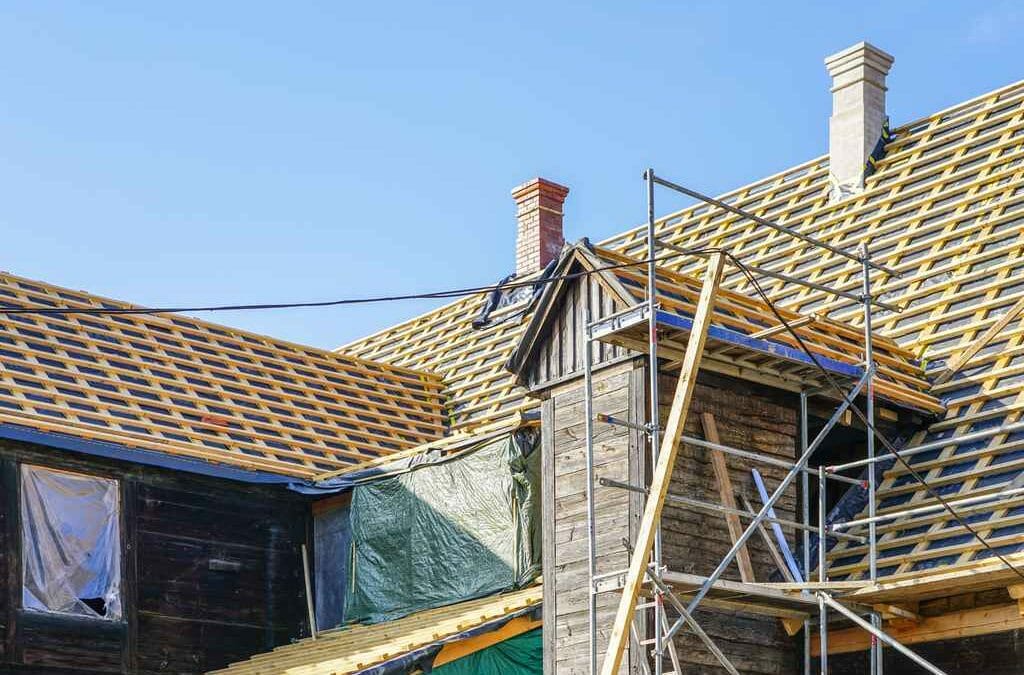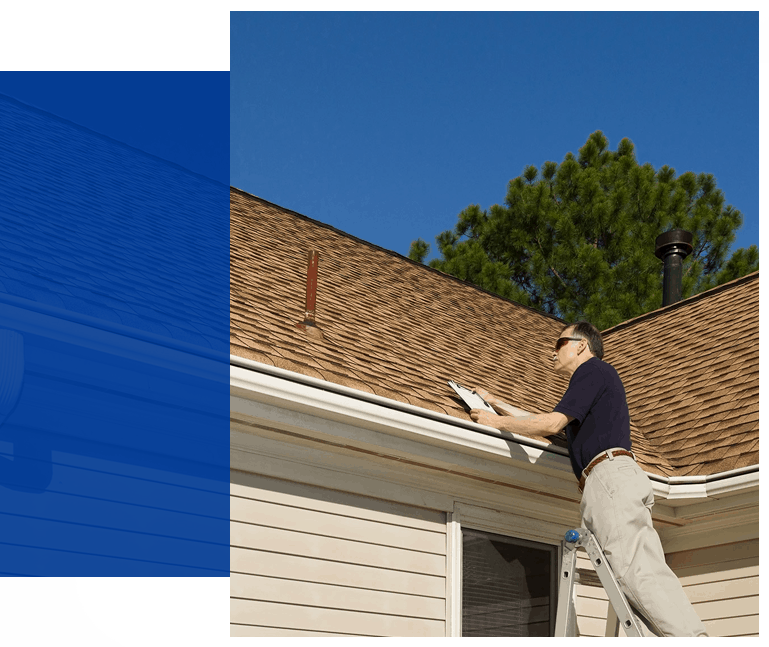Coffs Harbour Roof Replacements: Comprehensive Overview to Picking the most effective
Coffs Harbour Roof Replacements: Comprehensive Overview to Picking the most effective
Blog Article
A Comprehensive Summary of Roofing System Replacement Options: Evaluating the most effective Roofing Products for Your Environment and Spending Plan
When contemplating a roof covering replacement, comprehending the interaction between environment conditions and product selection is crucial. Each roofing choice, from cost-efficient asphalt tiles to durable steel and classic clay ceramic tiles, offers distinctive advantages and obstacles.
Comprehending Environment Impact
Comprehending the environment influence on roofing substitute is important for homeowners considering this significant financial investment. Numerous climatic conditions can dramatically influence both the performance and long life of roof materials. Locations with extreme temperatures may require roof covering systems that use premium insulation buildings to manage indoor temperatures properly. In areas vulnerable to heavy rainfall, selecting materials with enhanced waterproofing capabilities is necessary to protect against leakages and water damages.

It is additionally crucial to think about the ecological effect of roof materials in regard to local environment. Lasting choices that reflect heat can help minimize city warm island impacts, while energy-efficient materials can add to reduced power usage. By comprehending these climate aspects, homeowners can make educated choices that straighten with their particular ecological problems, eventually enhancing the strength and effectiveness of their roofing investments.
Popular Roof Covering Materials
Selecting the appropriate roof material is essential for ensuring durability, visual appeals, and power effectiveness in a home. Various roof covering products are prominent among home owners, each offering special benefits fit to architectural designs and various climates.
Asphalt shingles are among one of the most commonly used choices due to their cost, ease of setup, and versatility. Offered in a variety of colors and designs, they can enhance various home layouts. Metal roof, consisting of aluminum and steel, is extremely sturdy and can endure extreme weather, making it excellent for areas susceptible to severe climates. Its reflective properties also contribute to power performance.
Clay and concrete floor tiles are preferred for their longevity and distinct look, frequently seen in Mediterranean and Southwestern style. They give outstanding insulation however can be much heavier, needing strengthened frameworks. Slate roof is one more costs option understood for its exceptional durability and all-natural appeal, though it demands a higher upfront investment and competent setup.
Cost Comparison of Options
When considering a roof substitute, the economic effects of various materials play an essential role in the decision-making process. The prices connected with roof covering products can vary considerably, influenced by variables such as product type, installation intricacy, and local prices variations.
Asphalt tiles, recognized for their cost, generally range from $90 to $100 per square (100 square feet), making them an affordable option for published here budget-conscious property owners (Roofer Coffs Harbour). Conversely, steel roof, while more sturdy, can cost in between $150 to $300 per square, depending upon the kind of steel used and the ins and out of the installation
For those looking for aesthetic allure and durability, alternatives like clay or concrete ceramic tiles can vary from $300 to $1,000 per square, showing their premium prices. Additionally, slate roof can get to upwards of $800 to $1,500 per square, making it one of one of the most expensive products available.
Eventually, when evaluating roofing choices, it is necessary to balance in advance expenses with the potential long-lasting advantages and energy financial savings. A comprehensive price analysis will make sure homeowners make notified selections that align with their monetary capabilities and roof demands.
Longevity and Maintenance
The durability and upkeep requirements of roof products are critical elements that can substantially influence a property owner's general financial investment. Various roofing options display differing life-spans and upkeep needs, which can influence long-term costs and performance.

Clay and concrete ceramic tiles use excellent long life, often exceeding 50 years, but they can be delicate and necessitate cautious maintenance to prevent splitting. Timber shingles and trembles can last around thirty years however are prone to rot and bug damage, needing alert upkeep to preserve their integrity.
Ultimately, the choice of roof material must line up not only with financial restrictions but also with the desired long life and upkeep degree. Comprehending these elements can help homeowners make informed choices that secure their investment and guarantee the roof continues to be useful and visually pleasing throughout its life expectancy.
Making Your Decision

Following, review the life expectancy and warranty associated with each product. Some products may have a greater in advance cost yet offer greater long life and lower upkeep requirements, ultimately conserving you money over time. It's important to take into consideration the compromises between first investment and lasting efficiency.
Spending plan restraints should likewise guide your choice. Assign funds not just for the roof covering products but additionally for setup, which can differ based on intricacy and labor costs. Get multiple quotes from trusted contractors to make sure a fair evaluation of installation costs.
Lastly, think about the visual allure and how it lines up with your home's general layout. A well-chosen roofing system boosts aesthetic appeal and can enhance property value - Roofer Coffs Harbour. Evaluate these variables carefully to make an informed decision that satisfies both your economic abilities and practical requirements
Verdict
In conclusion, picking the proper roof material calls for cautious factor to consider of regional climate, spending plan constraints, and the unique residential properties of various materials. Asphalt tiles supply affordability, while steel roofing offers remarkable sturdiness, and clay floor tiles guarantee longevity.
Different climatic problems can dramatically influence both the efficiency and longevity of roof products.It is also vital to consider the ecological impact of roof products in relation to neighborhood climate. Begin by analyzing your regional environment, as this significantly influences the performance of roofing products. Designate funds not just for the roofing materials yet also for setup, which can vary use this link based on intricacy and labor prices.In conclusion, choosing the suitable roof covering product requires cautious factor to consider of local climate, budget plan restraints, and the unique properties of various materials.
Report this page